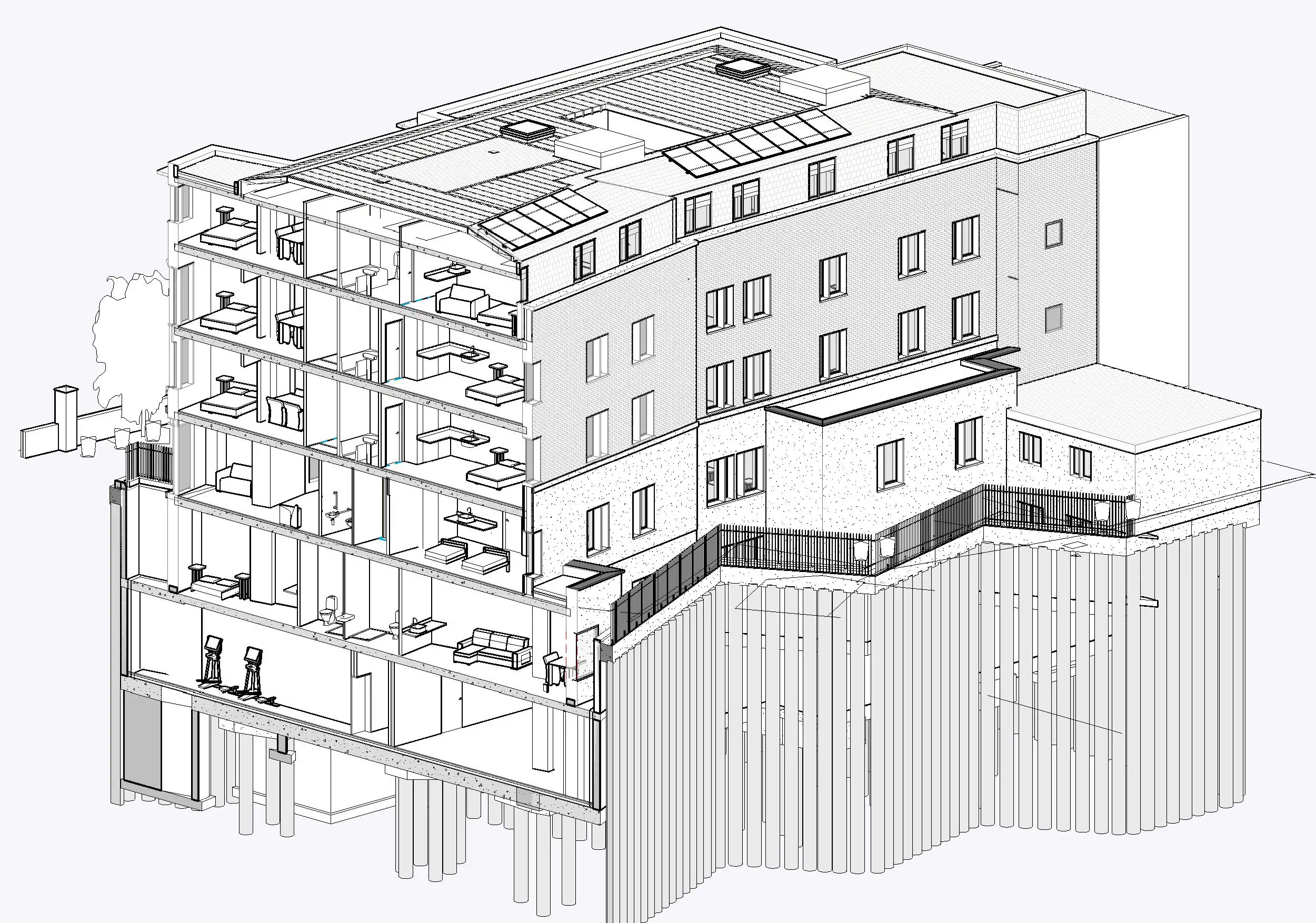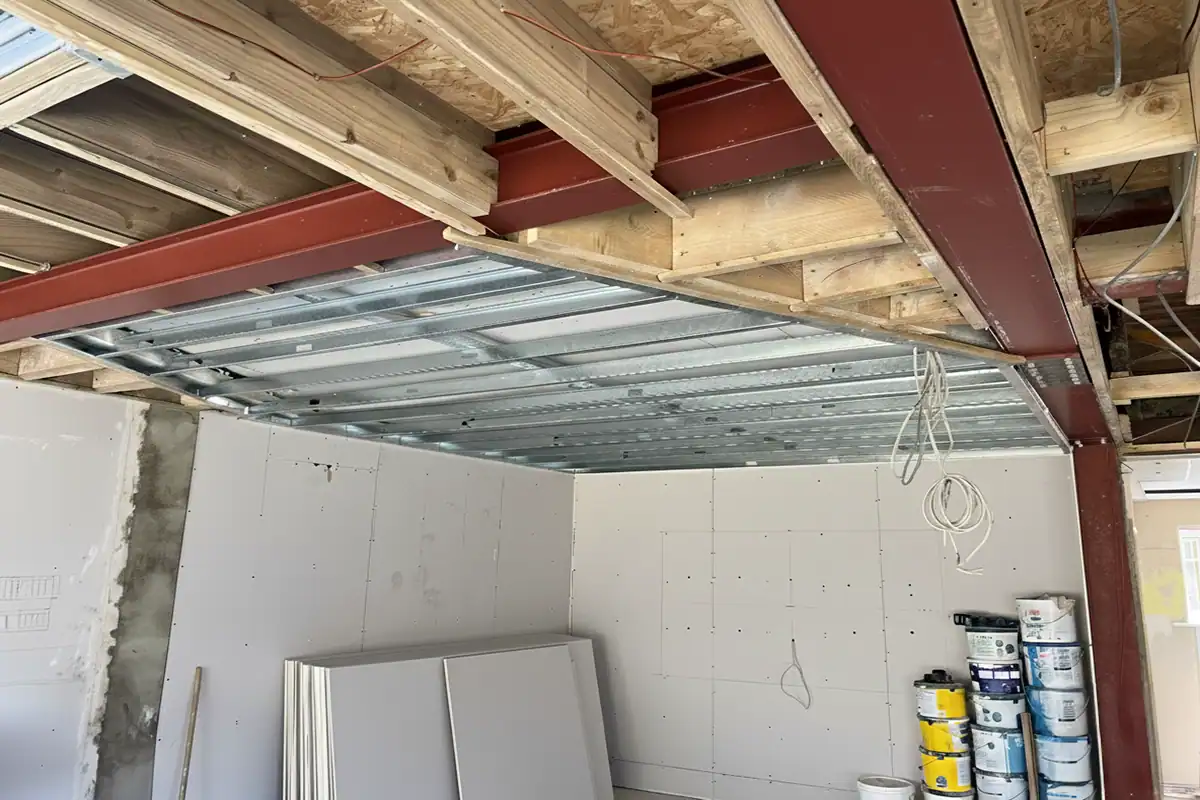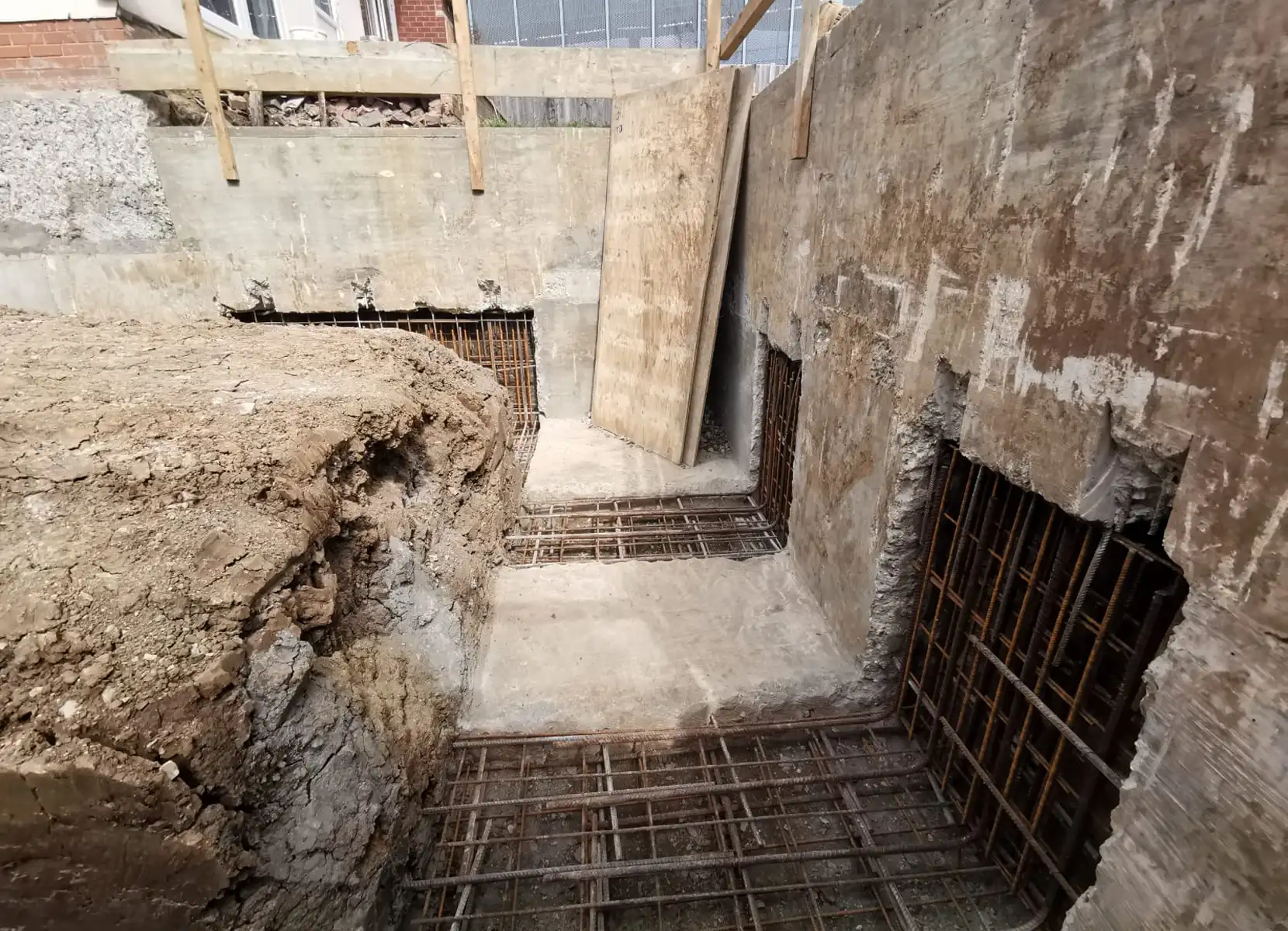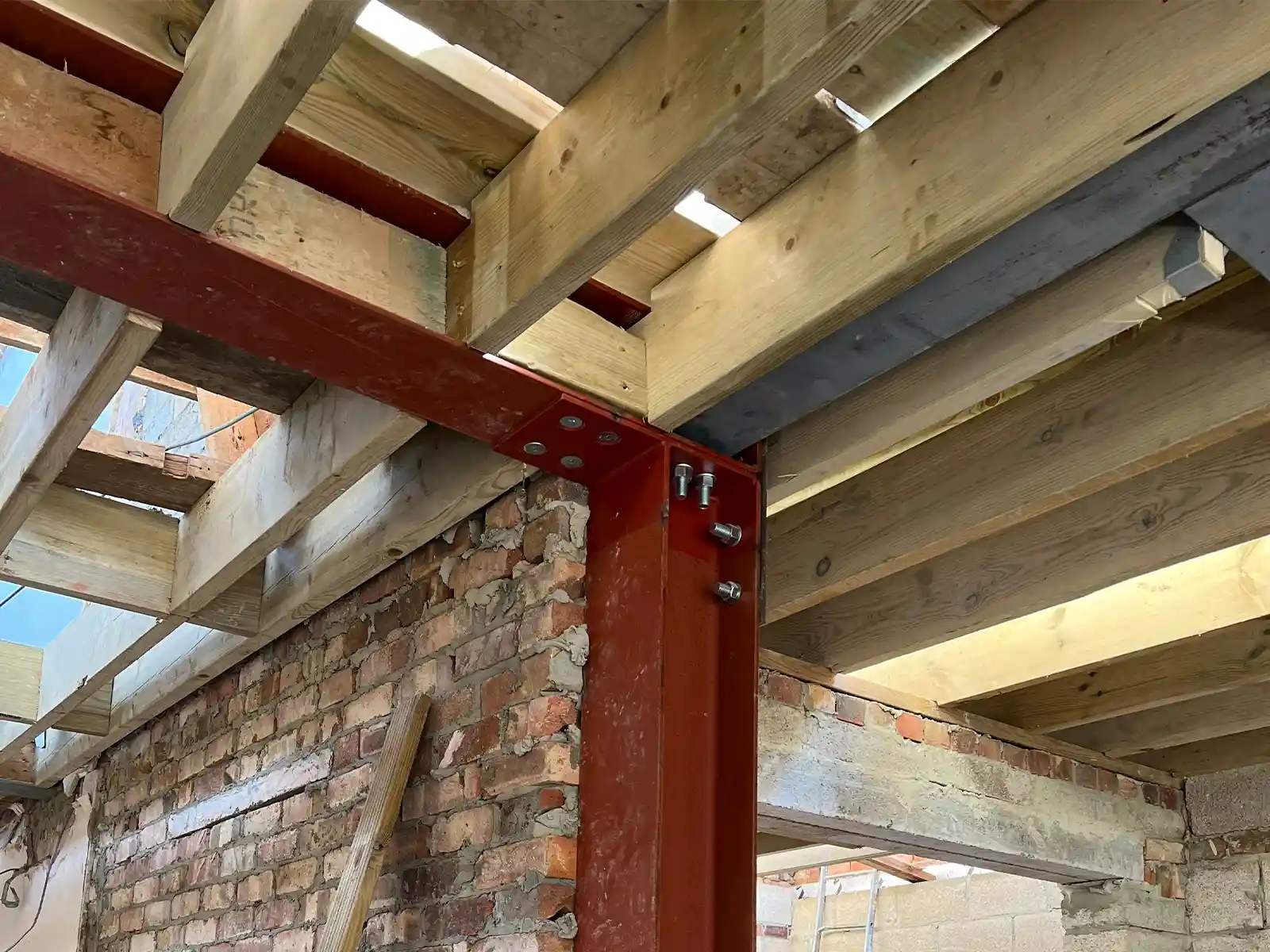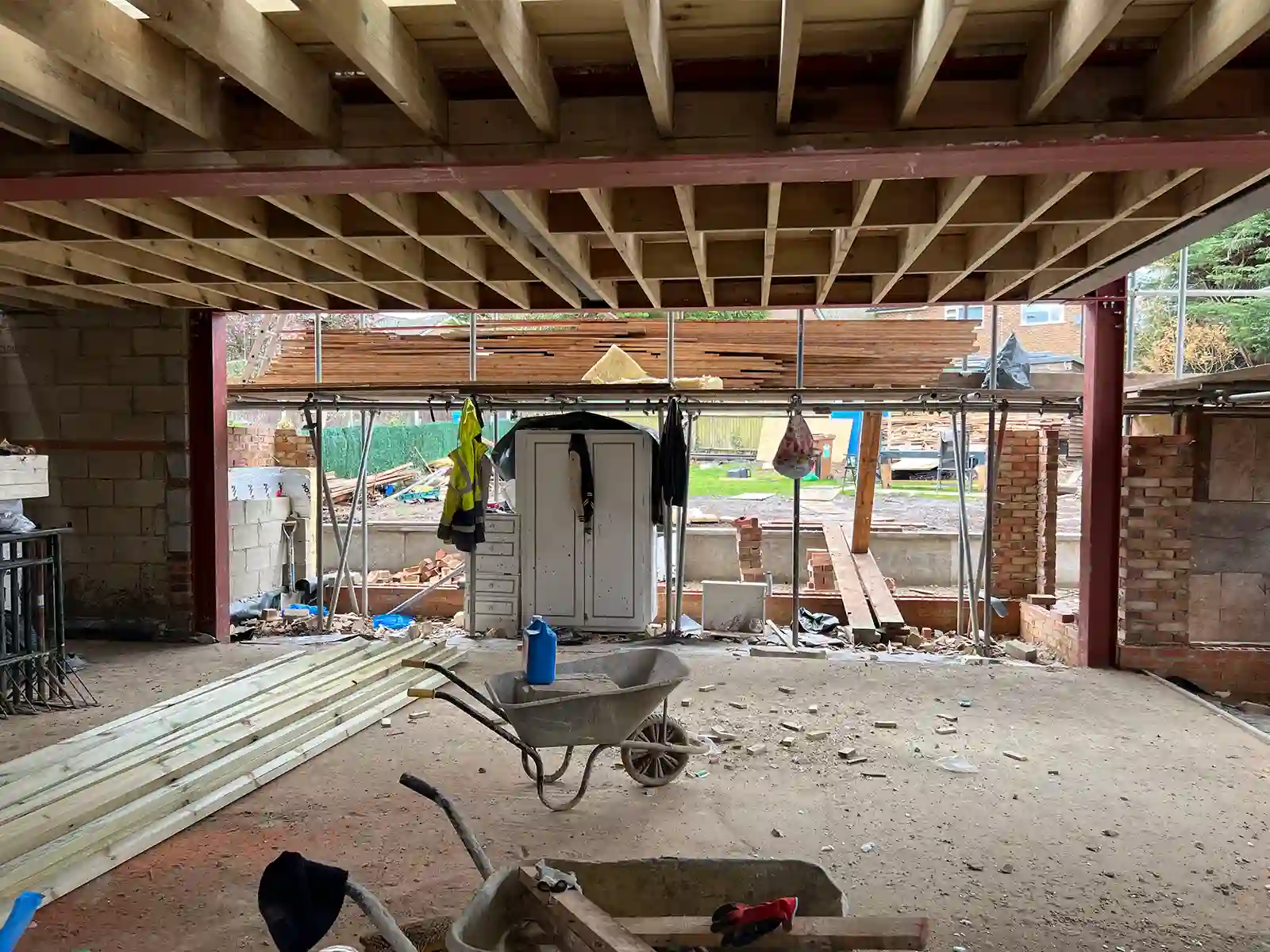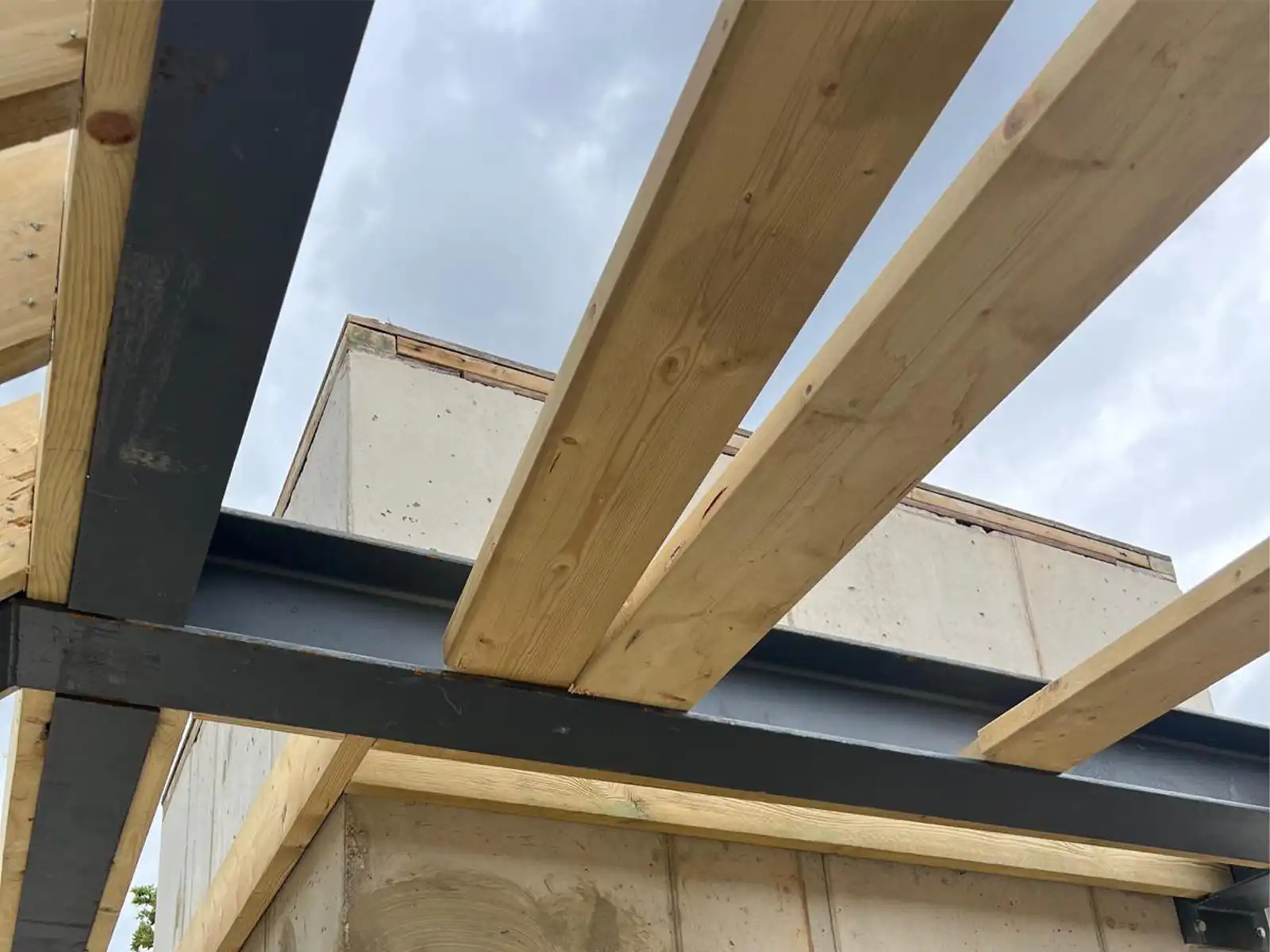You’ve just received planning permission for your dream extension or loft conversion. Brilliant. But here’s the question nobody asks until it’s too late: how long does planning permission last?
Getting it wrong is expensive. Your permission has expired. You’re back to square one. You need a full planning application again. At AC Design Solution, we’ve guided thousands of London homeowners through the planning process.
This guide explains how long does planning permission last. It covers what counts as starting work. And it shows you how to avoid letting your permission lapse.
Understanding Planning Permission: How Long Does Planning Permission Last? (2025 Update)
Most planning permissions in England follow a simple rule. You have three years from the date planning permission is granted to start work.Not three years to finish. Just three years to begin. Once you’ve started, you can take as long as needed. This depends on how long the scope of your project requires.
The Official Timeline for Homeowners
Full planning permission: Valid for three years to start work
Outline permission: 3 years to submit reserved matters. Then 2 years to start construction.
Permitted development: Usually valid for three years. Check your notice.
The clock starts from your decision notice date.
Example: Camden Council approved your extension on 15th January 2025. You have until 14th January 2028 to commence.
This is how the rule applies across all local planning authorities.The UK government’s Planning Portal provides detailed guidance. It covers current permitted development rules. It explains the need for planning permission. Visit: https://www.planningportal.co.uk/permission/responsibilities/planning-permission/permitted-development-rights
What Kind of Planning Permission Do You Have?
Different types work differently. Understanding which kind of planning permission determines how long planning permission lasts.
Full Planning Permission
This is standard permission. Most homeowners receive this for extensions and loft conversions. Your architect submits detailed drawings. The local planning authority approves everything. This is based on local planning policies. You’re ready for building work.
Duration: Valid for three years to start work
What it covers: Everything in your approved plans. Dimensions, materials, design details.
Key point: You must build according to approved plans. Deviations could breach planning control. This applies even if you started within three years. Your local planning authority will check this.
Outline Permission
This is rarely used for residential projects. It’s common for larger new build schemes. Outline permission gives approval “in principle”. You submit detailed design later.
Duration: 3 years to submit reserved matters. Then 2 years to start.
London relevance: You’ll almost never encounter outline permission for a typical house extension. Or for a loft conversion.
Permitted Development Rights (2025 Update)
Some projects don’t need full planning permission. They fall within permitted development rules. However, many need prior approval. This comes from your local planning authority. It’s based on local planning regulations.
2025 update: Recent changes have expanded permitted development rights. But London boroughs often restrict these. They use Article 4 directions.Always verify with your local planning authority first. Don’t assume you don’t have the need for planning permission.
What Constitutes Starting Work for Planning Permission?
This is where homeowners get it wrong.The legal test comes from the Town and Country Planning Act 1990. This is the rule in planning that local planning authorities use. It follows planning laws. Work must represent a “material operation”. This is defined under planning regulations.
Qualifying operations according to planning laws:
- Any work of construction in erecting a building
- Digging a trench for foundations
- Laying underground mains or pipes to foundations
- Laying out or constructing a road
Work that counts:
- Pouring concrete foundation pads
- Demolishing existing structures (if part of approved plans)
- Installing drainage for your loft conversion
- Excavating foundations
Doesn’t count:
- Site clearance alone
- Temporary fencing
- Preliminary investigations
Planning officers ask one question: “Does this work constitute a permanent, physical manifestation?”
The “Trench” Test
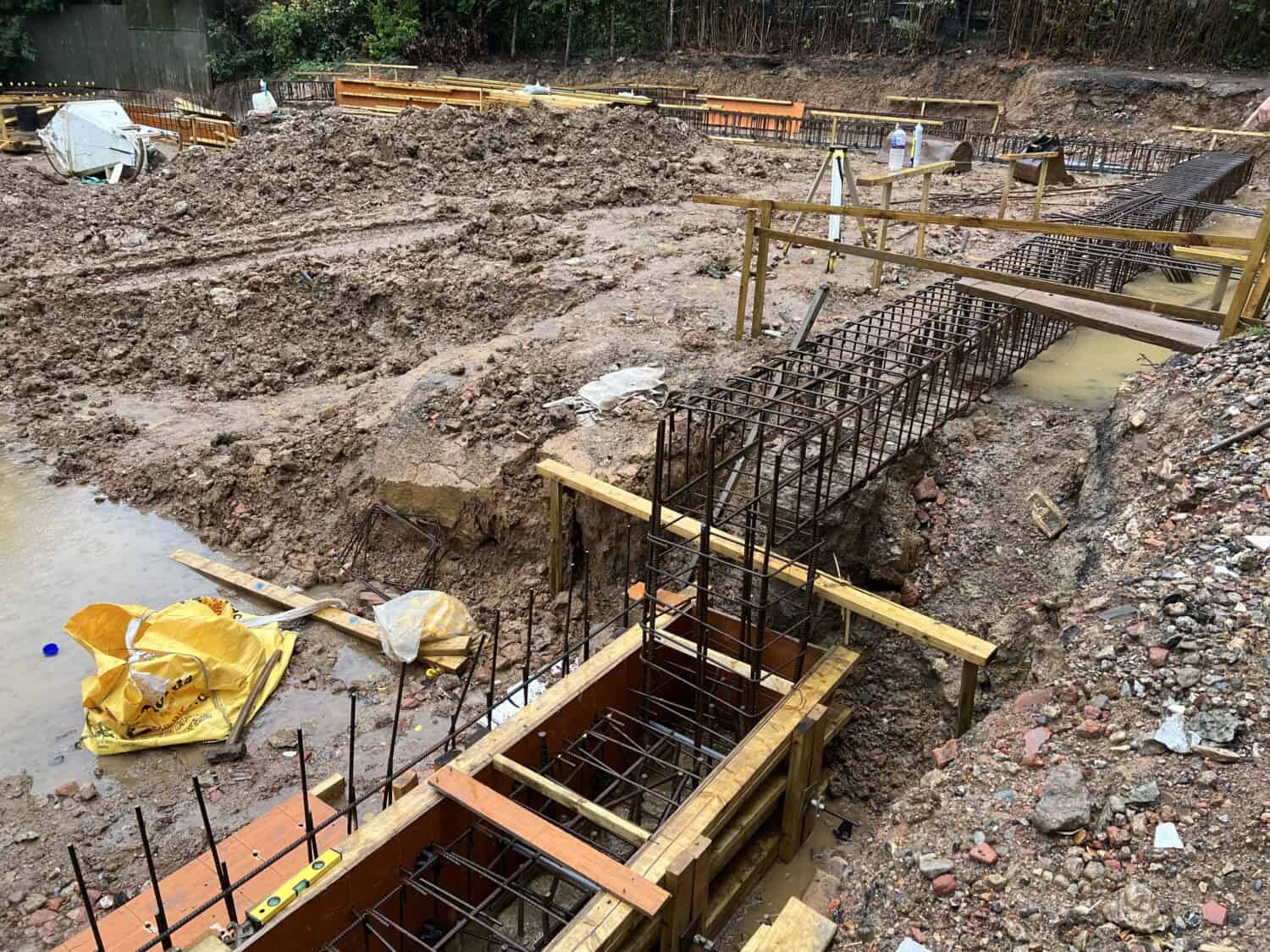
One established way to demonstrate commencement is simple. Dig foundation trenches. But they must match your approved plans.
A single trench can be sufficient. It must meet three criteria:
- In the correct position
- Appropriate depth and width
- Clearly a foundation trench
We’ve seen homeowners dig shallow trenches in wrong locations. That doesn’t work under planning regulations. The trench must relate to the specific development granted.
What Happens When Permission Has Expired: Common Mistakes
Mistake 1: Inadequate Work
Example: A homeowner dug a small hole. He claimed he’d started foundations. The local planning authority investigated. The hole wasn’t positioned according to plans. It was too shallow.
Result: Permission has expired. He had to submit a new planning application. He lost eight months.
Mistake 2: No Evidence
You dig trenches. Then you backfill them. You’re not ready to continue. Two years later, you’re ready. Planning officers question whether you actually started on time.
Best practice:
- Take dated photographs
- Notify Building Control
- Keep contractor invoices
- Have a planning professional witness the work
Mistake 3: Work Not Matching Plans
Example: A homeowner began foundations. But she shifted the extension two metres.
Result: Work didn’t implement the original permission. Planning permission has expired. The unauthorised work needed retrospective planning permission. It was refused.
How to Keep Your Existing Planning Permission Alive
Option 1: Start Work Properly
Begin work before your permission is nearing expiry. It must be a material operation. It must implement approved plans.
Option 2: Section 73 Variation
Submit a Section 73 planning application. This varies conditions. When approved by your local authority, you get a new three-year window. This extends planning permission beyond the original timeframe.
Common variations in the planning process include:
- Changing materials
- Adjusting layouts
- Modifying windows
Can You Renew Planning Permission? (2025 Update)
There’s no formal “renewal” under current planning laws. Here’s what happens when permission is nearing expiry.
Submit a New Planning Application
You can submit a new planning application. It can be identical to your expired permission. Local planning authorities assess it differently. They use current local planning policies. Not the policies when your original permission was granted.
Advantages:
- Straightforward planning permission process
- New three-year window
- Can make design and planning changes
Disadvantages:
- Must meet current local planning regulations
- Full planning application fees apply (£206 for householder applications)
- How long does planning permission take? The planning permission process takes 8-13 weeks in most London boroughs.
2025 Update on When Permission Lapses
October 2023 legislation changed things. Local authorities now have greater authority. They can refuse applications from homeowners who let permission lapse.
This addresses land banking concerns. Some developers obtain planning approval. Then they delay work. For typical homeowners, there’s good news. You’re planning extensions or loft conversions. Planning officers generally view reapplications favourably. This applies if your project scope hasn’t changed. And if local planning policies remain similar.
How to Reapply When Permission Has Expired
Review Current Local Planning Policies
Planning regulations change constantly. Before you submit a new planning application, check with your local planning authority:
- Has your local plan been updated?
- Are there new design and planning guides?
- Have permitted development rights changed under planning laws?
Assess Changes Needed
Local planning policies may have tightened. Common areas include biodiversity net gain and energy efficiency. These are material planning considerations. You might need to adjust designs. This ensures compliance with current planning requirements.
At AC Design Solution, we review expired permissions first. We check them against current local planning regulations. We do this before resubmitting.
Submit New Planning Application
Your full planning application should include updated drawings. Add a current planning statement. This addresses local planning policies. Before commencing work, you’ll need Building Regulations.
Planning permission sets out what you can build. Building regulations control how it’s built. At AC Design Solution, our CIAT Chartered Architectural Technologists prepare comprehensive building regulation drawings. These translate approved planning designs. They become compliant construction details.
Your local planning authority’s Building Control requires these. This ensures you avoid any breach of planning regulations. Planning permission is essential for your project. But building regulations ensure it’s built safely.
Discharging Planning Conditions
Many planning approvals include pre-commencement conditions. These are planning requirements. You must satisfy them before starting work.
Common conditions:
- Materials approval from your local planning authority
- Construction Management Plan
- Tree protection measures
Important: You can’t start work if conditions aren’t discharged. You need permission from your local authority first.
Submit to Your Local Planning Authority
Discharge fees (2025):
- £34 per request for householder permission
- £116 for other applications
The local planning authority to determine your discharge application has 8 weeks. This is under planning regulations. Don’t assume silence means approval from your local authority.
What Happens When Planning Permission Has Expired: Your Options
Option 1: Reapply Immediately
Submit a new planning application. If local planning policies haven’t changed, you have a good chance. You can obtain planning permission again.
Option 2: Apply for a Certificate of Lawful Development
Did you commence work within three years? But your local authority disputes this? You can apply for a certificate. Planning officers confirm whether commencement was valid. This is under planning regulations.
Evidence needed:
- Dated photographs
- Building Control notifications
- Contractor invoices
Option 3: Explore Permitted Development
Part of your expired permission might be buildable differently. It might fall under permitted development rights. You wouldn’t need full planning permission. A planning professional can assess this kind of planning permission.
Policy Changes in 2025
Local planning policies change between original approval and resubmitting. Local planning authorities assess your new planning application against current planning regulations.
Common changes:
Energy efficiency (2025 update): Building Regulations tighten regularly.
Incorporate current measures. This strengthens applications when you apply for planning permission.
Biodiversity net gain: This is a mandatory requirement under planning laws.
Developments must deliver at least 10% biodiversity net gain.
Accessible housing: This is increasingly required. Local planning authorities in London enforce local planning regulations.
Consider material planning considerations when reapplying:
- Can you improve privacy concerns from the original planning process?
- Can you incorporate sustainable drainage per design and planning guidance?
- Can you enhance appearance to reflect current local planning policies?
Small improvements make a difference. They can transform a marginal planning application. You get approval from planning officers.
Q.Is the 4 Year Rule in Planning Being Phased Out?
No. The four-year rule remains under planning laws. It’s separate from how long planning permission lasts.
The four-year rule in planning: You carry out development without planning permission. Four years pass without enforcement from your local planning authority. It becomes immune from breach of planning enforcement.
This doesn’t mean permission is granted for four years. It expires after three years from the date planning permission is granted. This applies if not implemented.
Q. What is the 10-Year Rule in Planning?
The 10-year rule is another enforcement immunity provision. A breach of planning control continues for at least 10 years of continuous use. There’s no enforcement from local authorities. It becomes immune under planning laws.
Examples:
- Change of use from shop to restaurant without planning permission
- Breach of planning conditions
- Use of land without planning permission
Critical point: These immunity rules only apply to unauthorised development. They don’t extend the three-year window. This is for permission you’ve been granted.
Q. How Long Does Planning Permission Last Across UK Regions?
Planning regulations differ:
England: Valid for three years
Wales: 5-year commencement
Scotland: Valid for three years
Northern Ireland: 5-year commencement
Verify how long planning permission lasts. Check the duration of planning with your local planning authority.
Q. Can Changes Affect Existing Planning Permission Validity?
Yes. Making changes without approval is risky. It can invalidate existing planning permission. Or it constitutes a breach of planning control.
Minor changes: Apply to their local planning for non-material amendment. Fee: £34.
Material planning considerations: Submit Section 73 planning application. If approved, you get a new three-year window. This extends how long planning permission lasts.
Significant changes: You need a new planning application.
Risk: Building different from plans has consequences. You might need retrospective planning permission.
Q. Can I Build Smaller Than My Planning Permission?
Generally yes. Your approval covers a 5-metre extension. You build 4 metres instead. Typically you don’t need full planning permission again.
Your granted permission includes side and rear extensions. You only build the rear. You’re implementing part of existing planning permission. Usually acceptable. Best practice: Building smaller involves design and planning changes? Seek confirmation from your local planning authority.
AC Design Solution Architecture Can Help You Navigate the Planning System
Planning permissions are valuable.
They represent investment in design and planning fees. They include application costs. And time navigating planning requirements through the planning system.
Letting one expire is expensive.
Key takeaways about how long planning permission lasts:
- Know your exact expiration date – Three years from the date planning permission is granted
- Understand commencement – Material work implementing plans per planning laws
- Document everything – Dated evidence for planning officers
- Discharge pre-commencement conditions per planning requirements
- Plan strategically – If permission is nearing expiry, Section 73 resets the clock
At AC Design Solution, we track planning permission expiration dates.
We send reminders at two years. We help strategise. Should you start work? Or submit new planning?
We’re experts in keeping permission alive. We understand what happens when permission has expired. Managing timelines is part of delivering projects. Whether you’re planning a loft conversion, extension, or new build.
Understanding how long planning permission lasts matters. Navigating planning effectively is what we do. We’re a London-based multidisciplinary practice. We specialise in architecture, structural engineering, and party wall surveying.
We understand how local planning authorities assess applications. We know what kind of planning permission you need. We know how to navigate the planning permission process efficiently.
Our CIAT Chartered Architectural Technologists have results. They’ve secured relevant planning permissions for over 10,000 UK projects.
We help with all aspects associated with planning permission. From understanding which kind of planning permission you need. To managing current planning policies. Addressing any breach of planning issues. And obtaining planning permission successfully through the planning permission process.
Has your planning permission has expired? Is permission is nearing expiry?
Contact our team for expert advice. Get help from a planning professional. They understand local planning regulations. They know relevant planning requirements. And they know the planning system.


